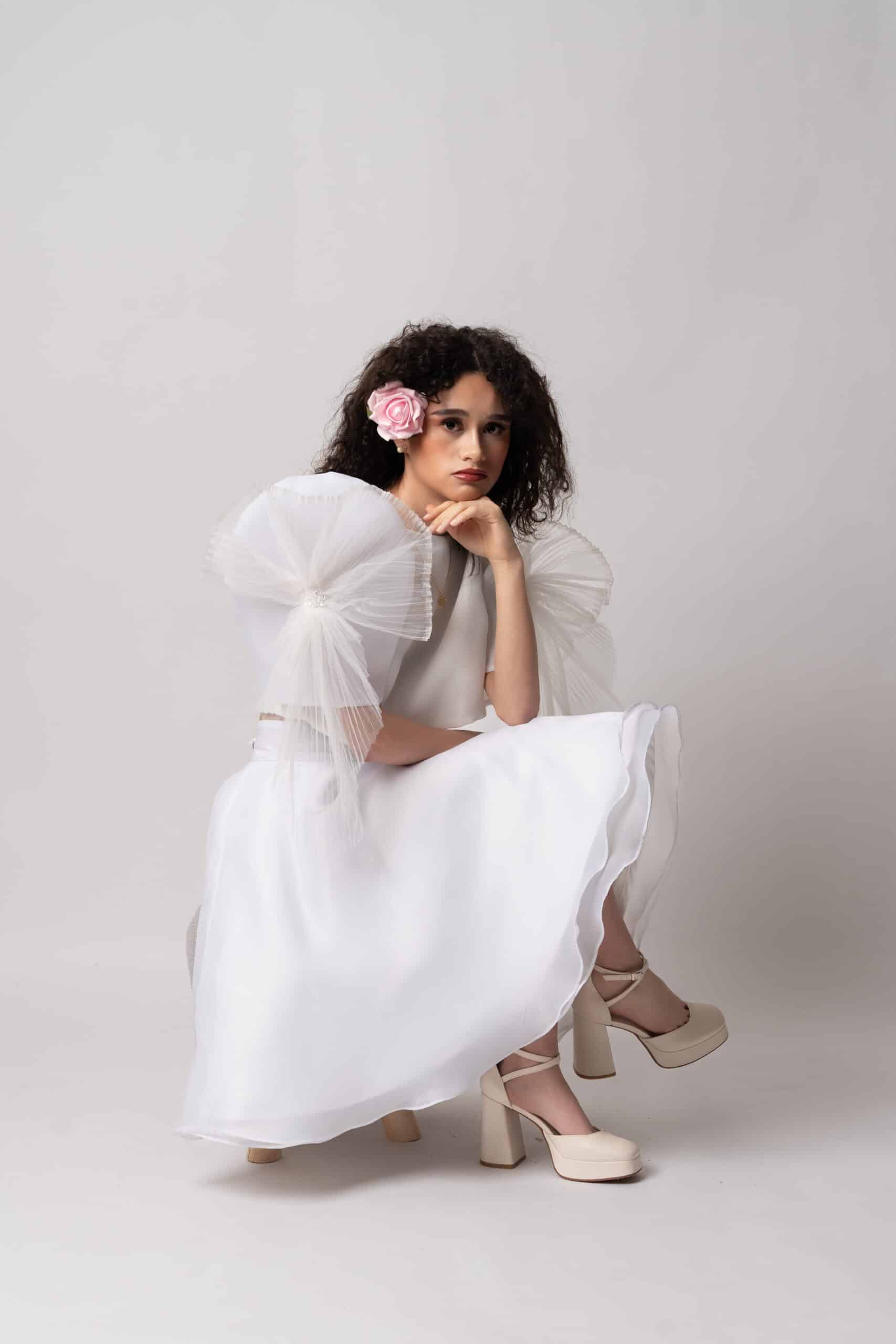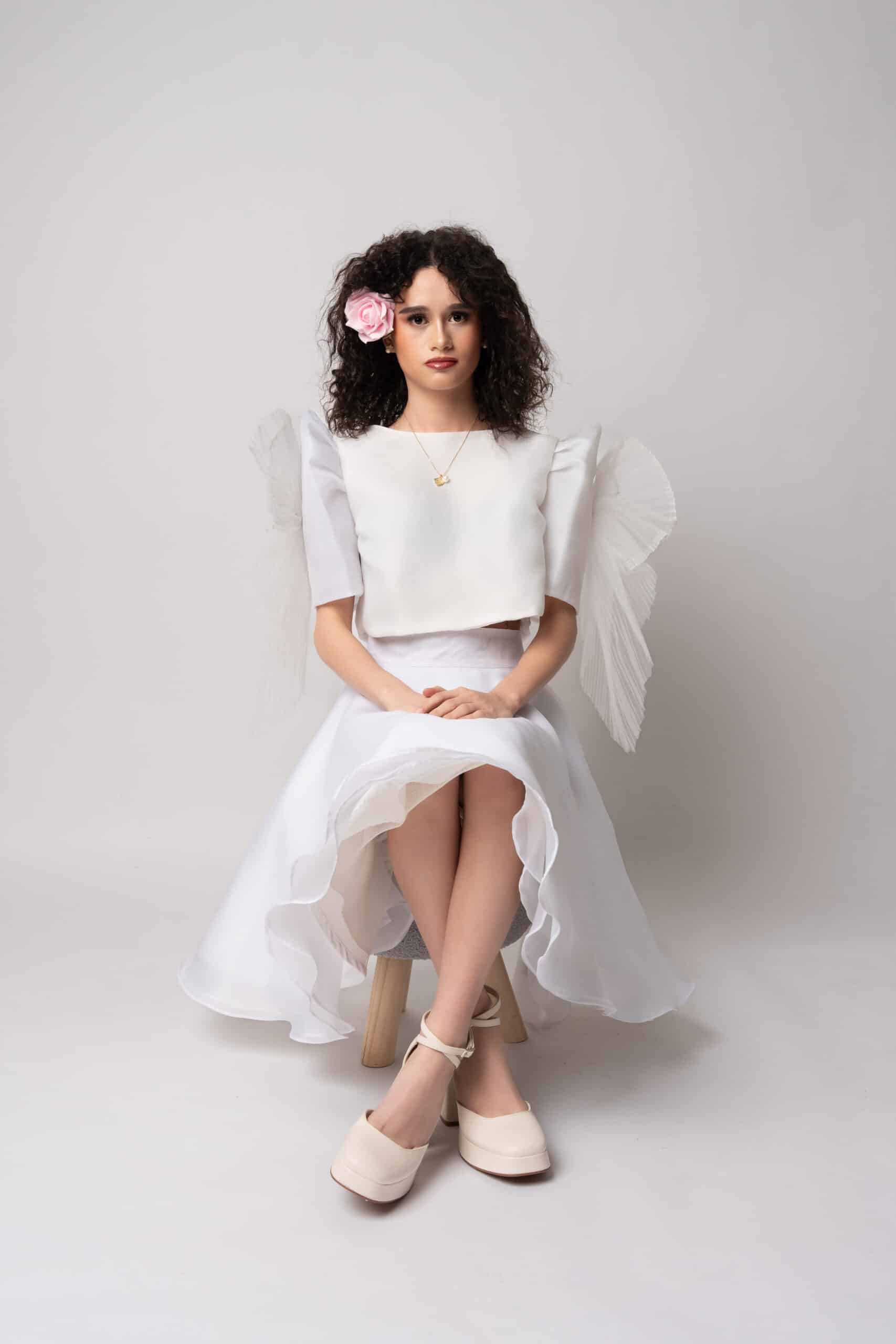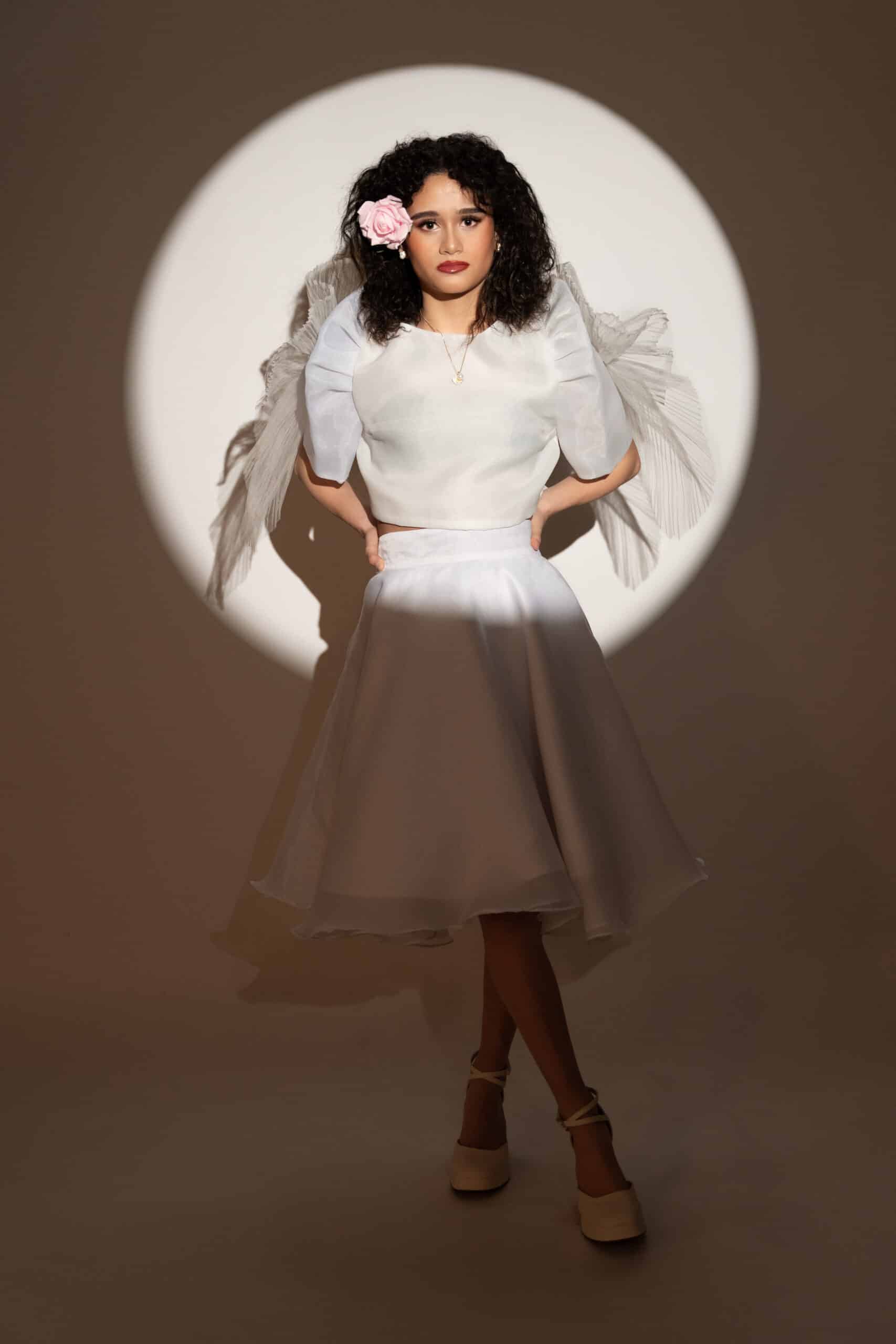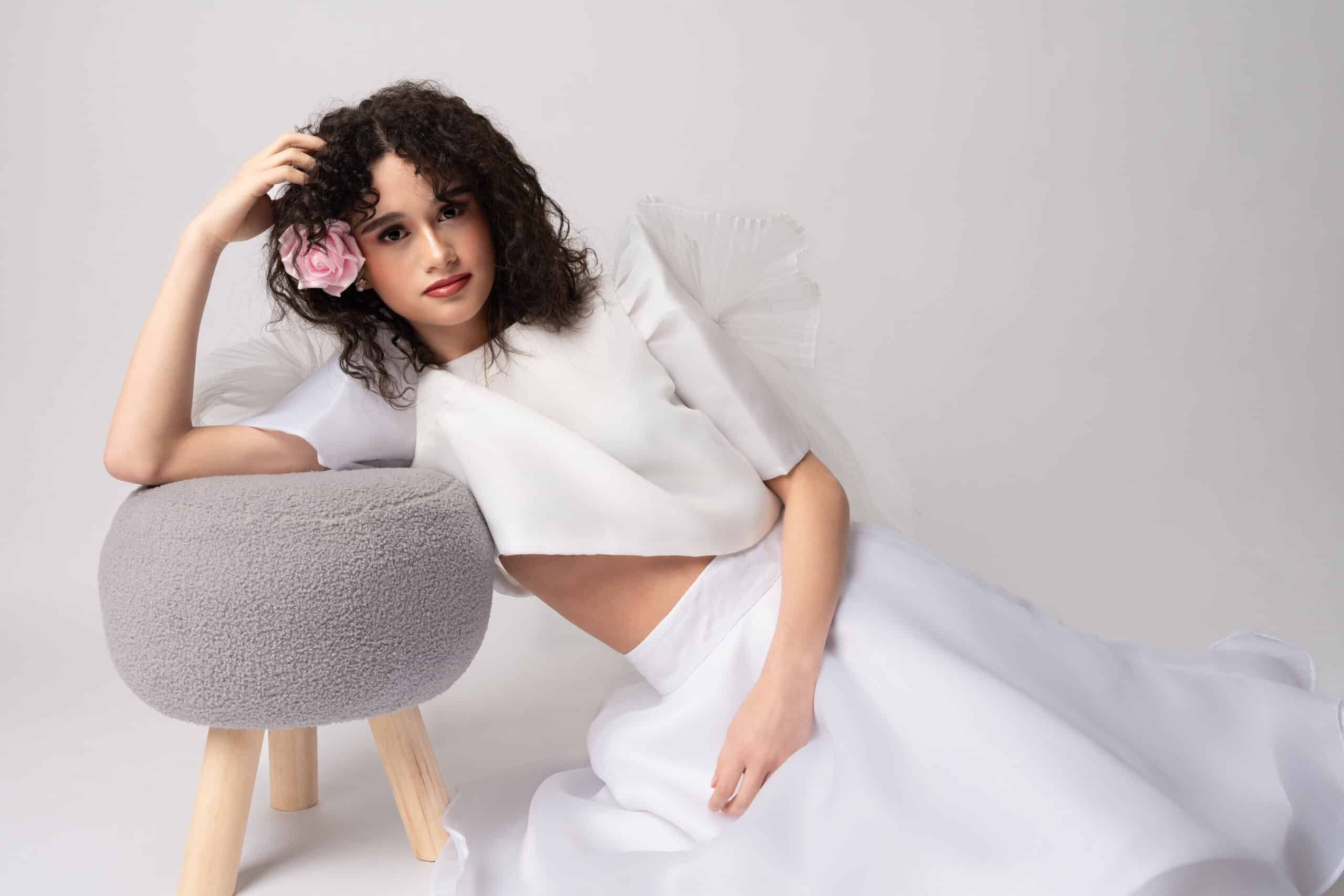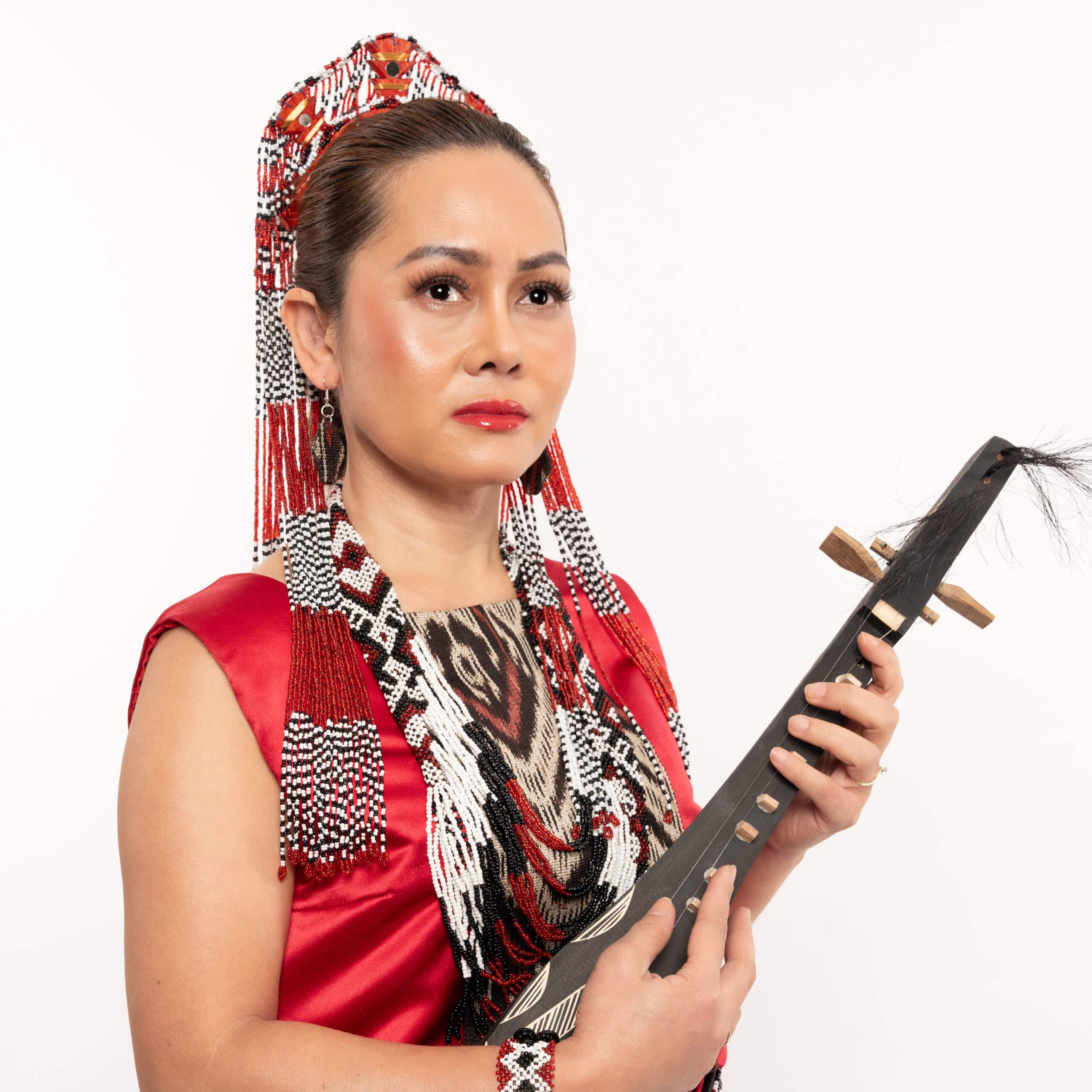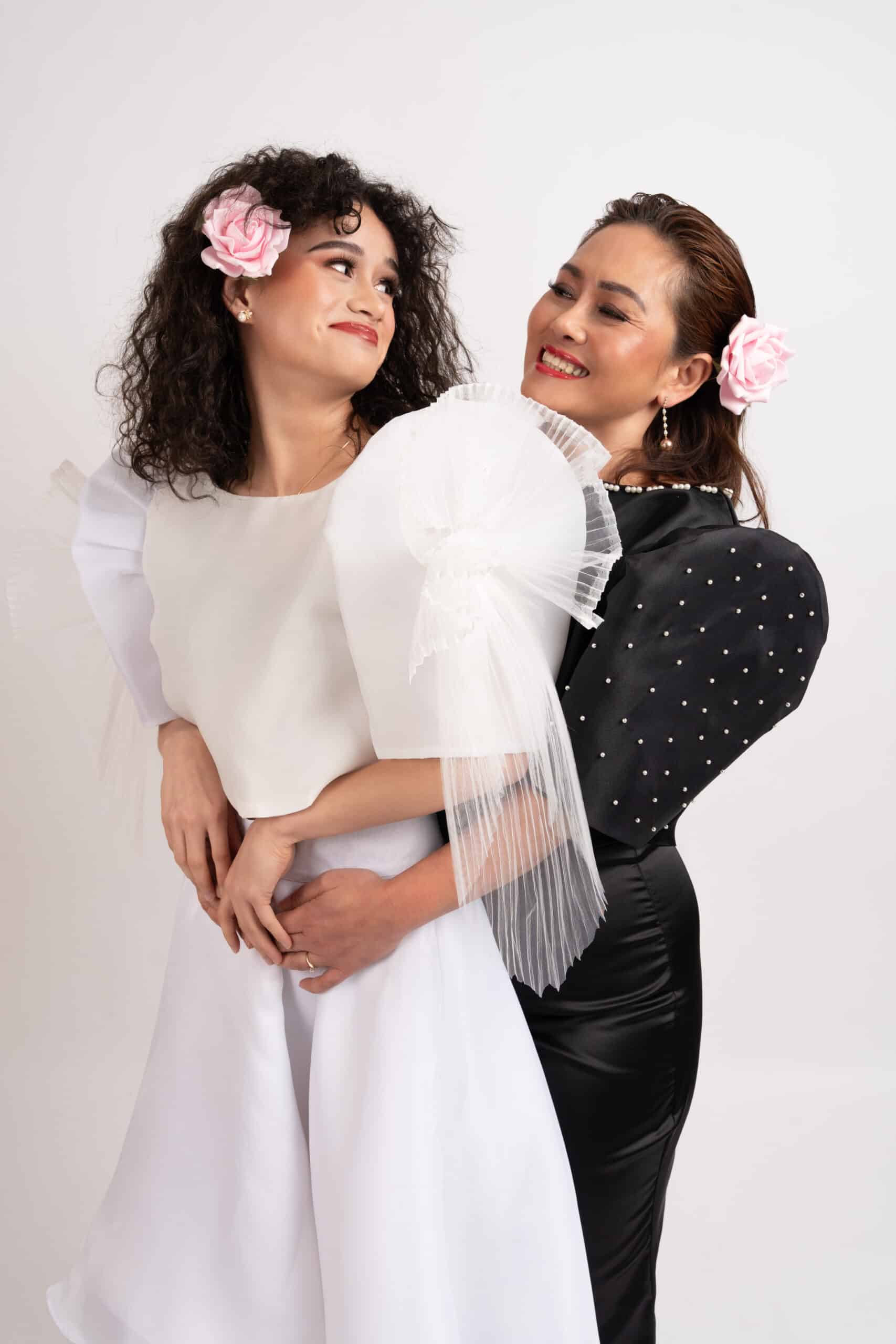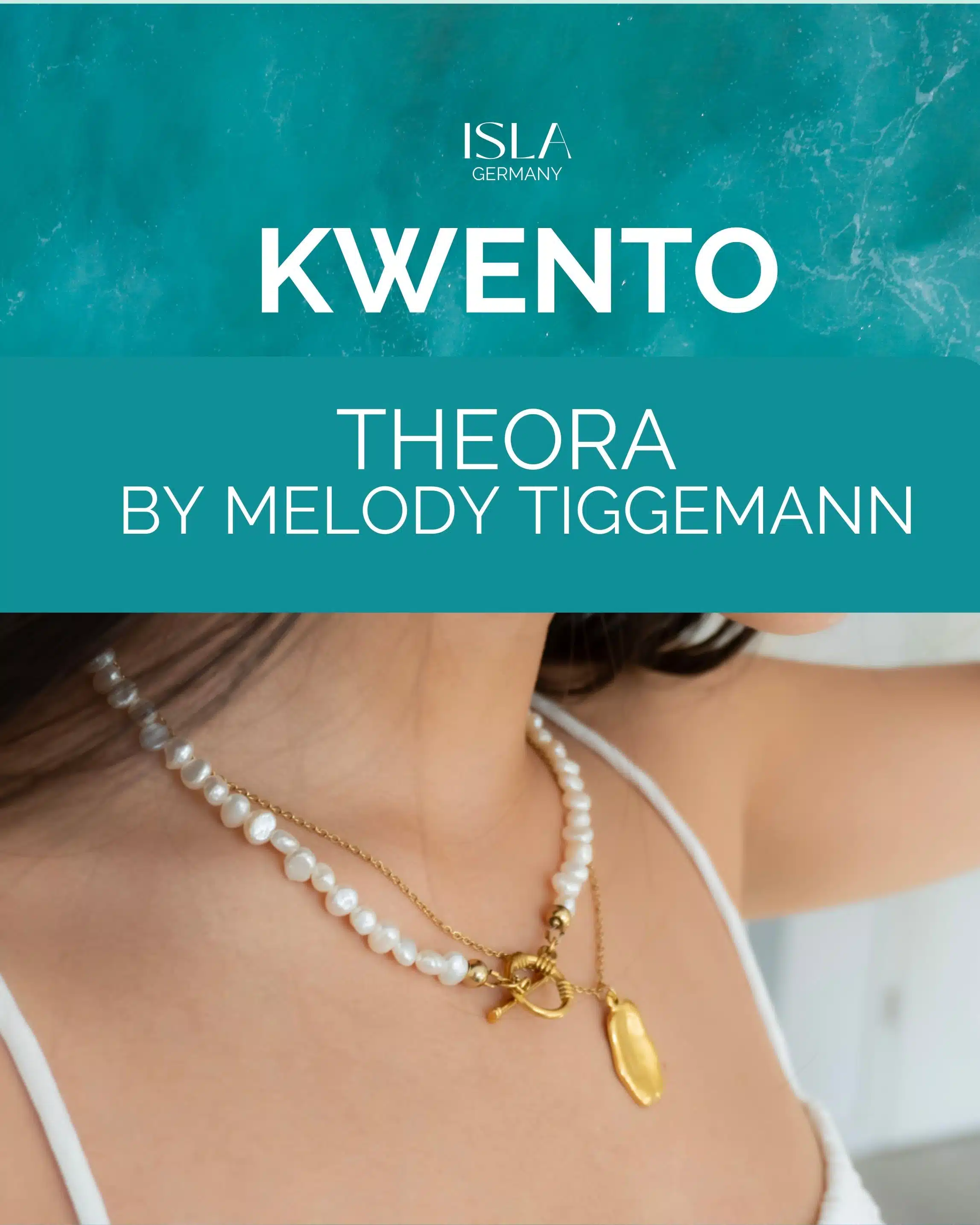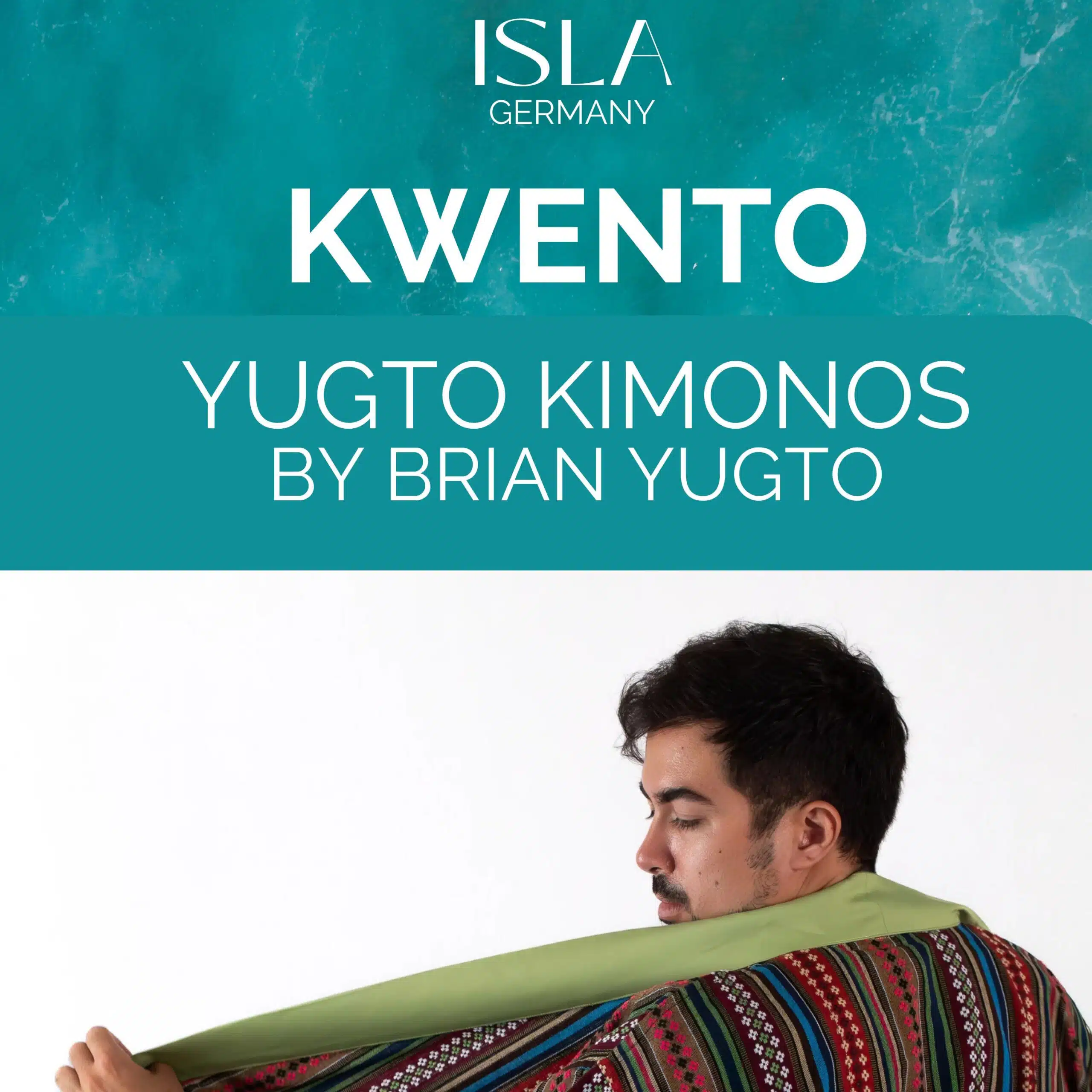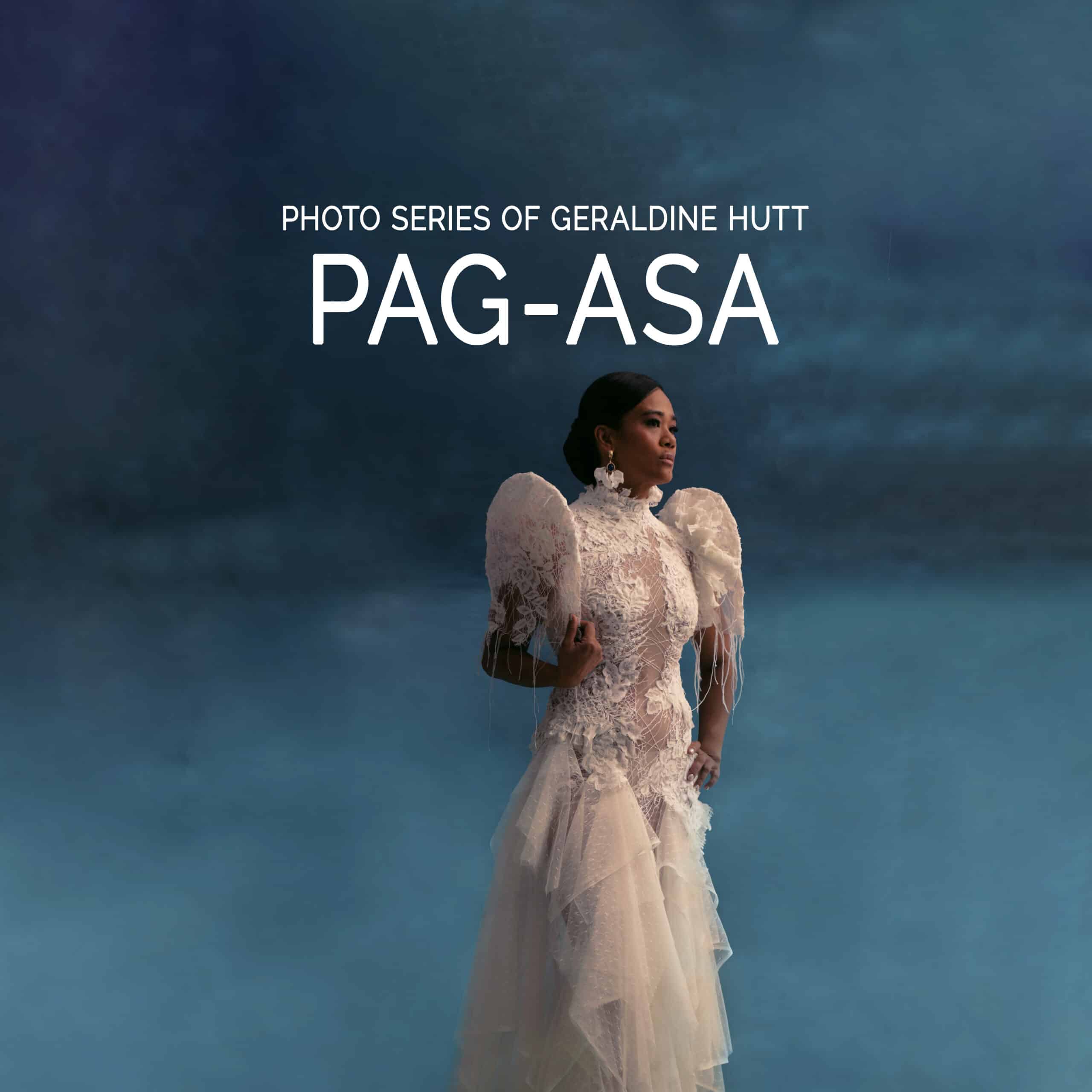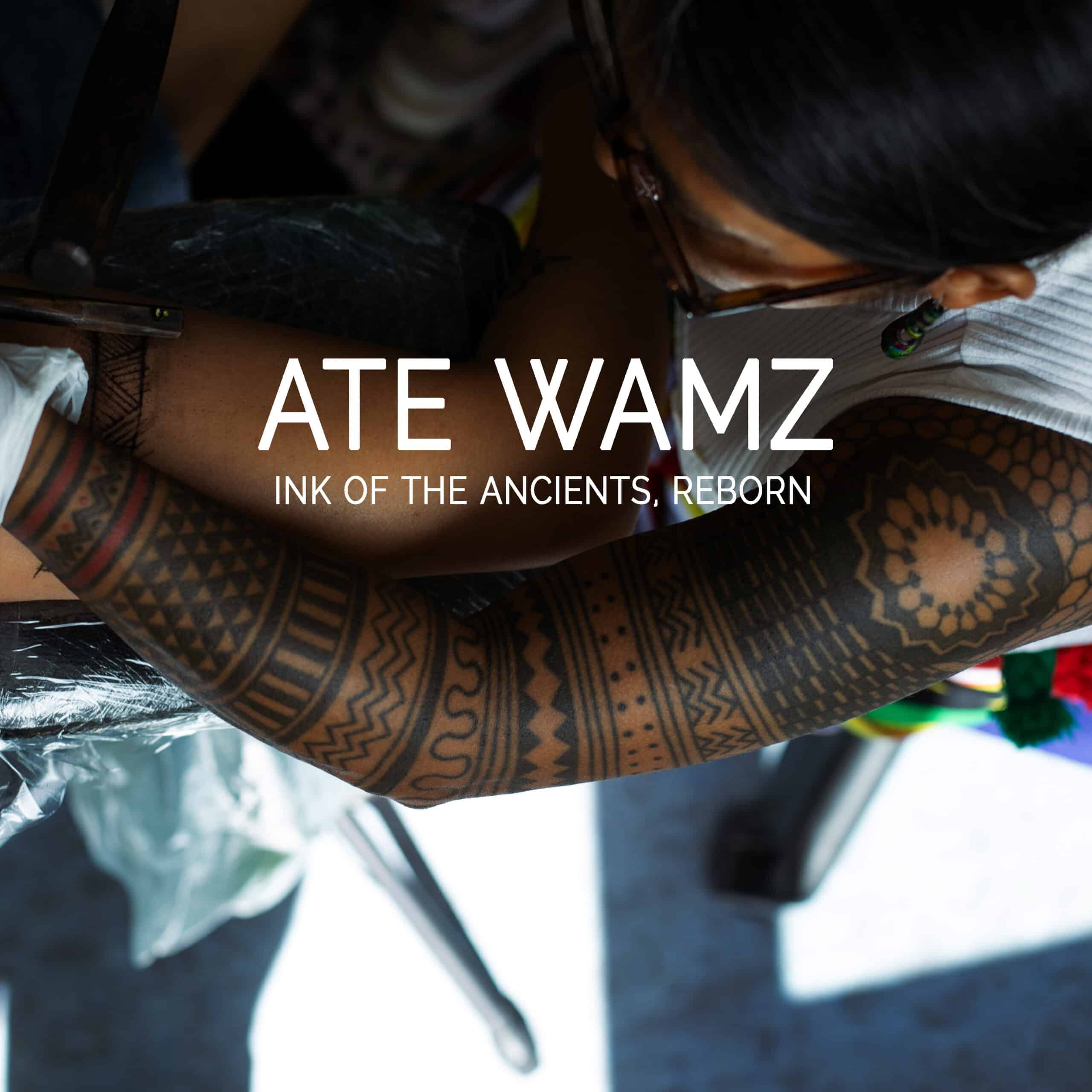“Legacy is not just about the name we leave behind; it’s about the values, dreams, and courage we pass on to the next generation. As mothers, we are the first storytellers, weaving a tapestry of heritage and hope for our children to carry forward.”
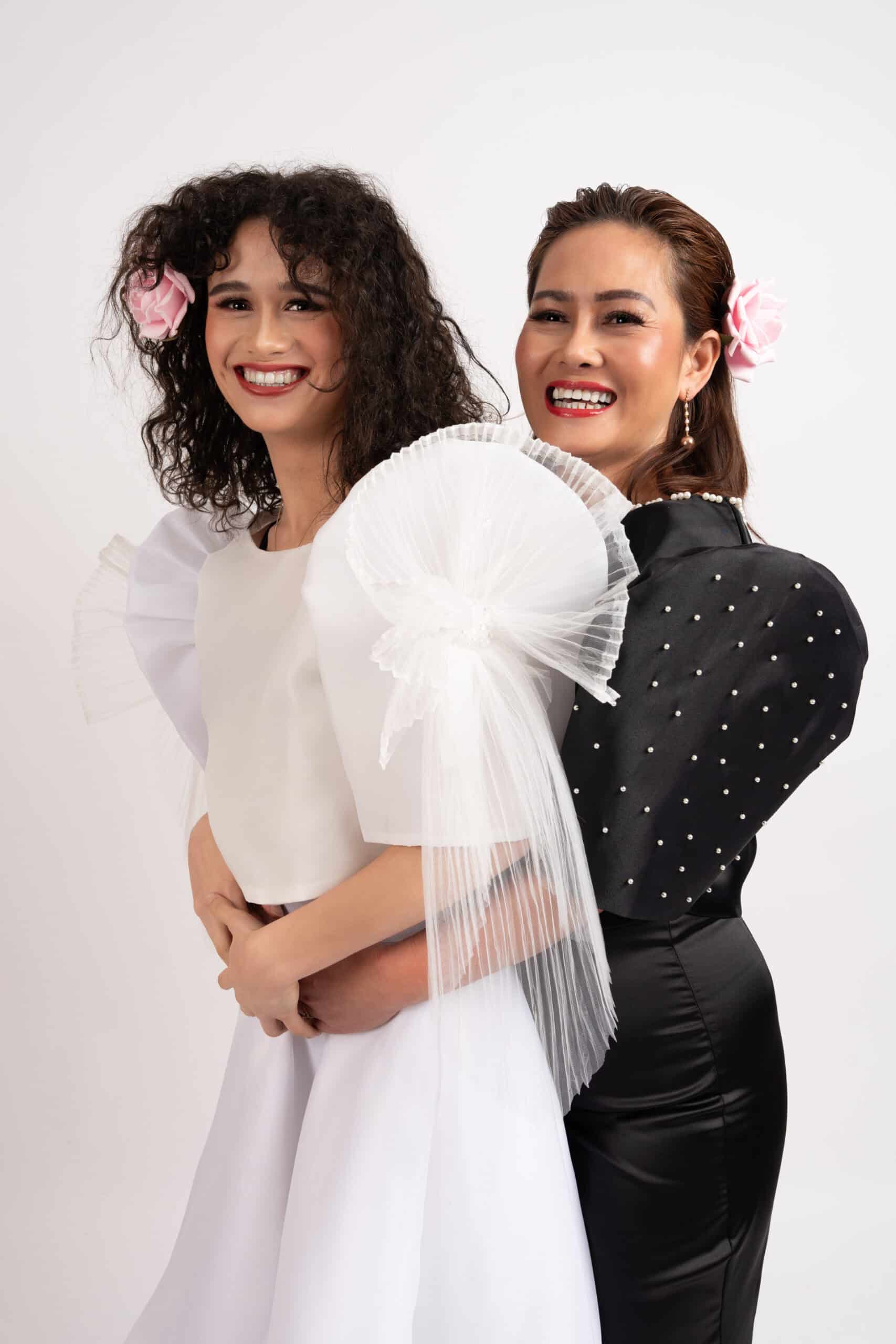
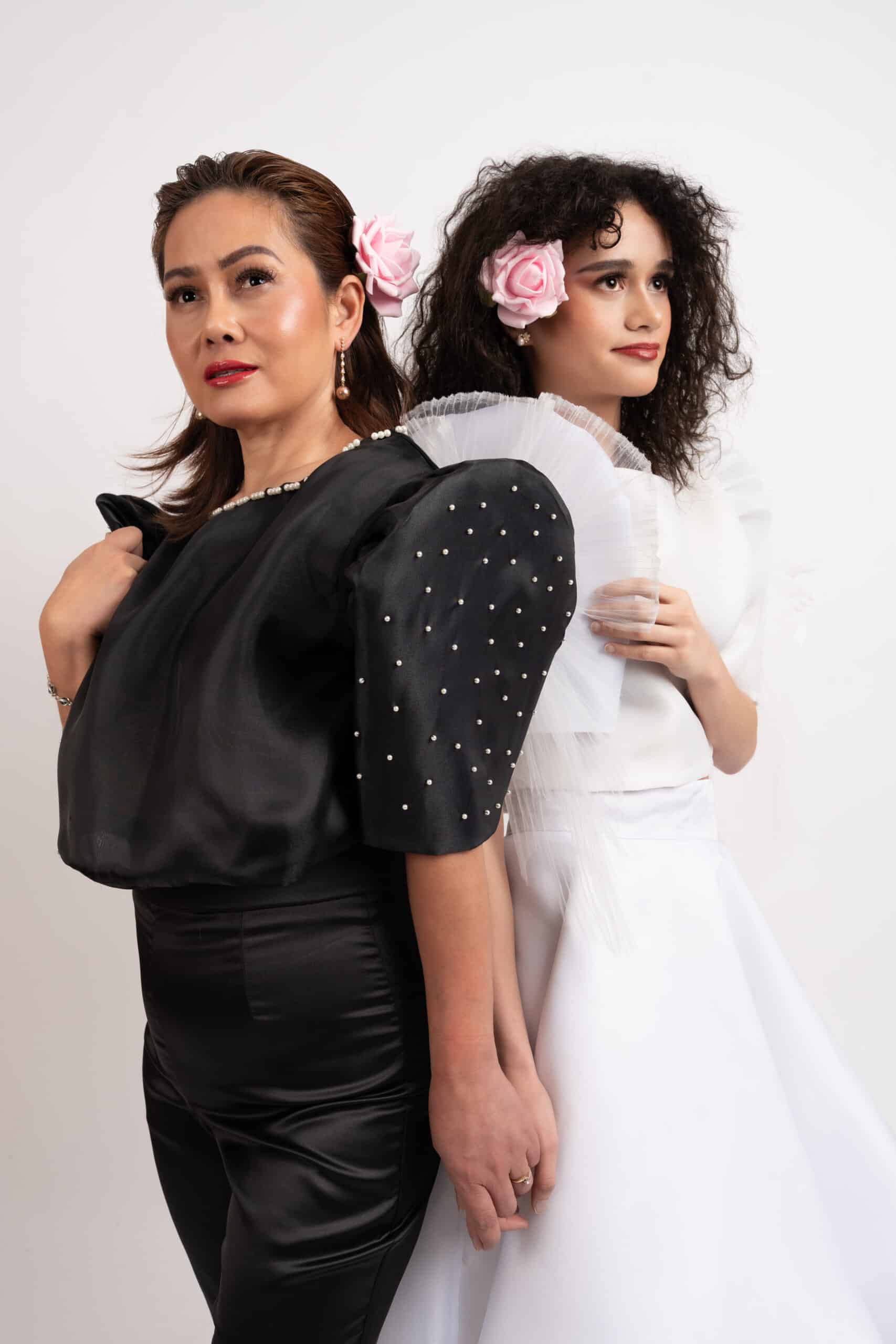
From Paris with Love,
In the world of high fashion, where trends rise and fall like the tides, few designers leave a lasting imprint with their very first showcase. But Mary Sieber is no ordinary designer. A Filipina talent based in Germany, Sieber made history at Paris Fashion Week 2024 as a Filipina female designer from Germany to present a collection on this prestigious stage. Now, with momentum behind her, she is set to bring her artistry to Cannes from May 16-18, 2025 marking yet another milestone in her flourishing career.
At Paris Fashion Week, Sieber introduced a collection that was nothing short of electrifying. With a bold palette of primary colors—red, blue, and yellow—she painted the runway with a celebration of identity and artistry. But beyond the striking visuals, it was her integration of T’nalak, a handwoven textile crafted by the T’boli people of the Philippines, that made her collection deeply personal. Each piece told a story, blending tradition with modern sophistication, and proving that heritage has a place in haute couture.
Her designs were not just about aesthetics but about preservation—a tribute to her roots and a way to bring Filipino craftsmanship to an international audience. By incorporating T’nalak into her Parisian debut, Sieber took a stand for indigenous artisans and cultural sustainability in the global fashion scene.
As the clock ticked down to her first show, Sieber and her team worked tirelessly to bring her vision to life. There were fabric delays, last-minute adjustments, and fittings that ran late into the night. Sewing teams rushed to perfect each stitch, sometimes reworking details by hand to ensure every piece met Sieber’s standards. The backstage atmosphere was intense, with every small setback adding pressure to an already tight schedule.

Despite these challenges, Sieber’s hands-on approach and commitment to detail helped her push through. She worked alongside her team, ensuring every aspect of her designs was executed with care and precision. Her determination fueled everyone around her, proving that her vision was worth every bit of hard work. For Mary Sieber, Paris Fashion Week was a platform to show more than just beautiful clothes; it was a way to tell her story and bring Filipino culture to an international stage. Her journey from being a designer in Germany to becoming the first Filipina to debut in Paris speaks to the power of resilience, community, and vision. In each piece, she weaves a narrative of belonging, defying expectations, and finding beauty in the intersection of cultures.
As she continues to navigate the challenges of the industry, Mary Sieber will no doubt inspire countless others who dream of telling their own stories through fashion. With every new collection, she proves that when you embrace what makes you different, you can create something the world has never seen.
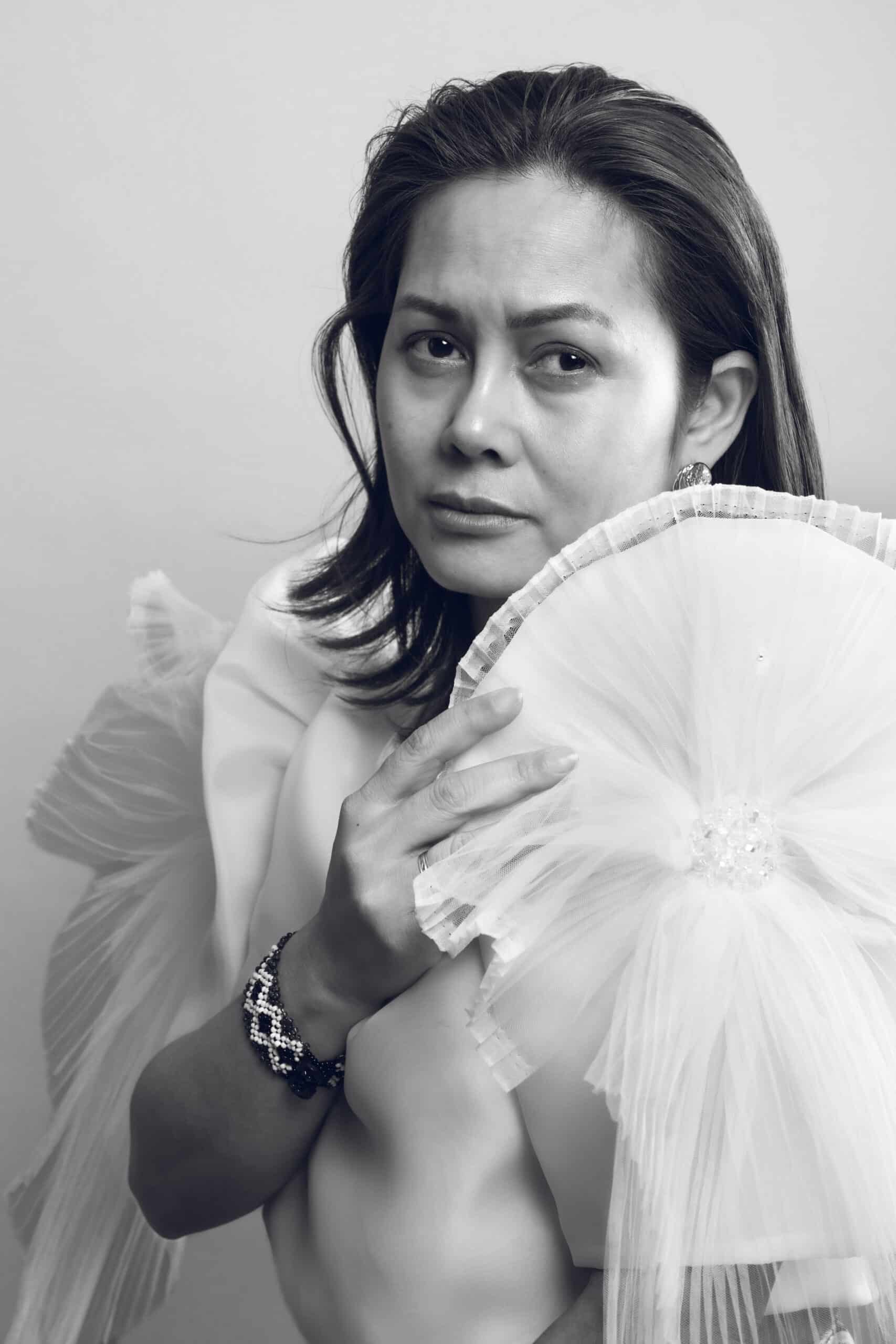
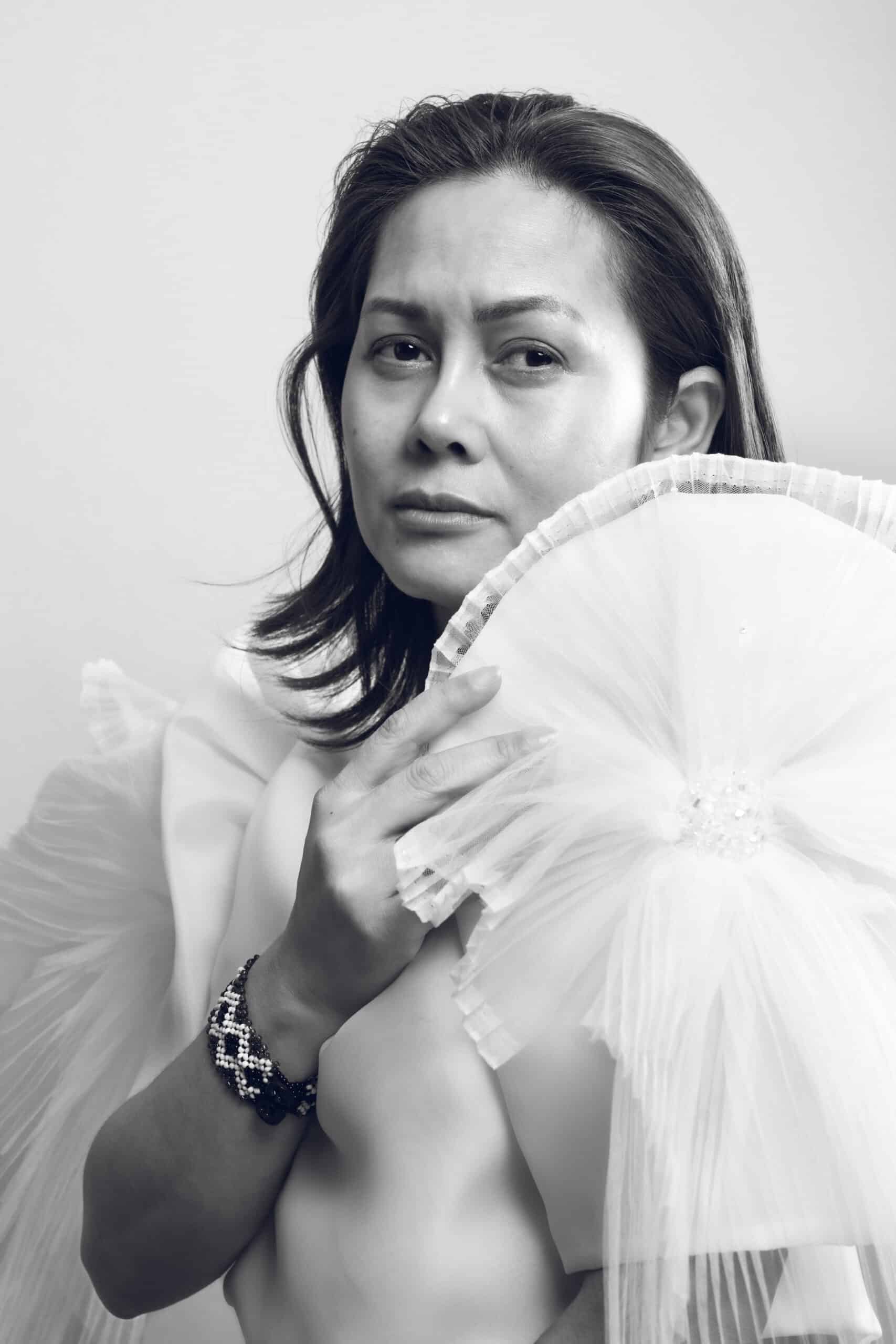
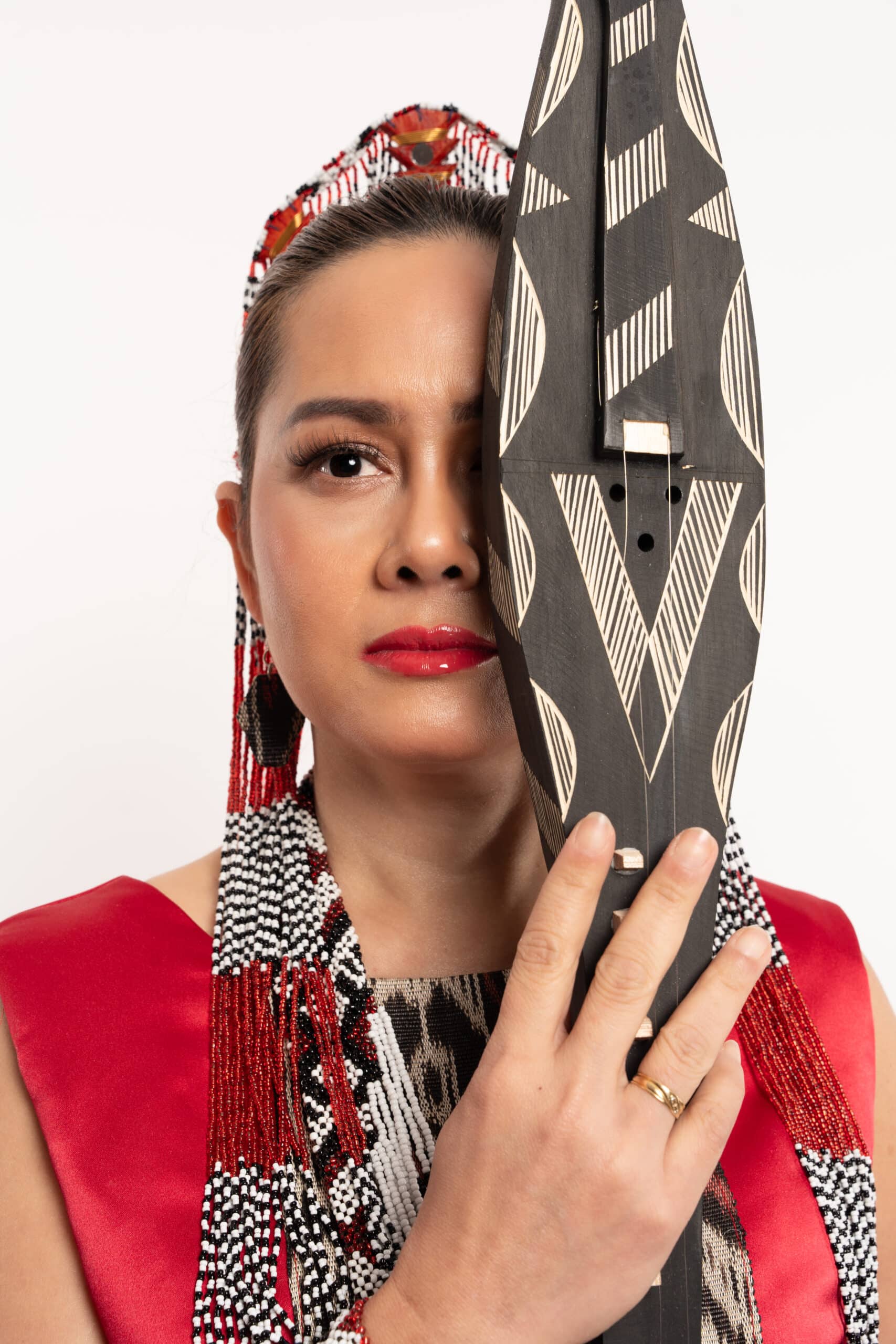
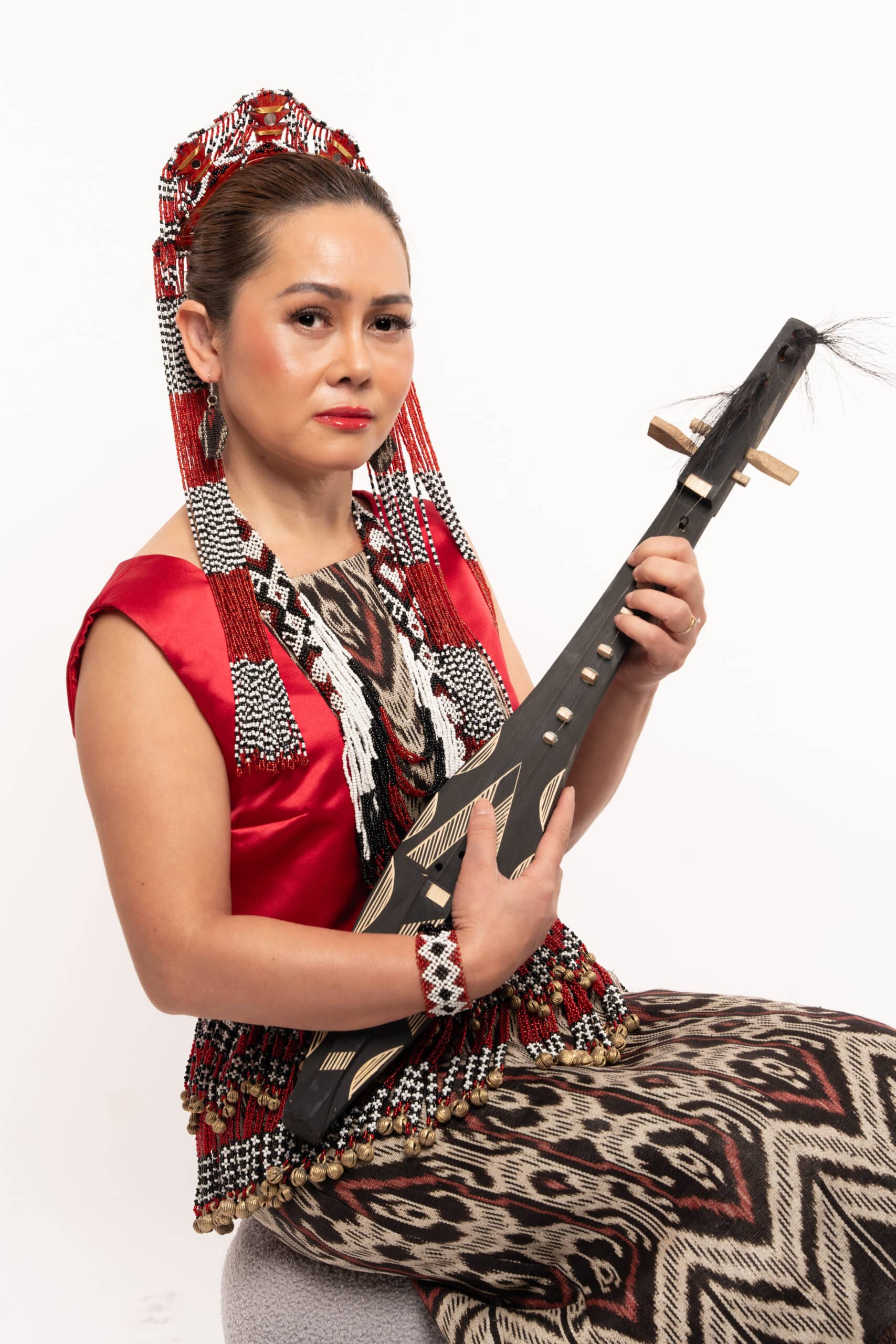
T’Nalak, This extraordinary textile, handwoven by the T’boli people in the Philippines, is more than just fabric; it is a spiritual expression, a cultural heirloom, and a symbol of identity that continues to inspire both indigenous artisans and modern designers alike. Unlike ordinary textiles, T’nalak is believed to be divinely inspired. The T’boli Dreamweavers, as they are known, do not simply design their patterns—they receive them in their dreams. According to T’boli tradition, the spirit of the abaca plant, known as Fu Dalu, visits chosen women in their sleep, gifting them intricate designs that they then translate into woven masterpieces. Only those who have been blessed with these visions are allowed to weave T’nalak, making each piece a deeply personal and sacred creation. The process of weaving T’nalak is meticulous and time-intensive, often taking months to complete a single roll of fabric. The material used is abaca fiber, a plant native to the Philippines, known for its durability and natural sheen. After harvesting, the fibers are stripped, dried, and handwoven on traditional wooden looms without the aid of modern machinery. The patterns are usually composed of three primary colors: natural beige, deep red, and black, achieved through natural dyeing techniques that have been preserved for centuries.
Each T’nalak pattern tells a story—often inspired by nature, folklore, and ancestral traditions. The geometric motifs symbolize harmony, prosperity, and the interconnectedness of life. Because of its sacred nature, T’nalak is traditionally used in T’boli rituals and ceremonies, playing a crucial role in weddings, births, and other milestones as a sign of purity and good fortune.
What was once exclusively part of T’boli rituals has now found its way onto the global stage. Modern designers, including Mary Sieber, are incorporating T’nalak into high fashion, fusing traditional craftsmanship with contemporary aesthetics. Sieber’s use of bold primary colors and T’nalak textiles in her Paris Fashion Week debut was a testament to the timeless beauty of this indigenous art form. By bringing T’nalak to international runways, designers are not only elevating Filipino heritage but also advocating for sustainable and ethical fashion. Each woven thread represents a story, a dream, and a legacy—a powerful statement that heritage and haute couture can exist hand in hand.
As the world moves toward mass production, the value of handcrafted traditions like T’nalak becomes even more precious. Supporting local weavers and promoting ethical sourcing is crucial in ensuring that the T’boli Dreamweavers can continue their sacred craft for future generations.
The story of T’nalak is a reminder that fashion is more than just fabric—it is history, identity, and artistry woven together. And as long as the T’boli women dream, the threads of their culture will continue to flourish, unbroken and full of life.
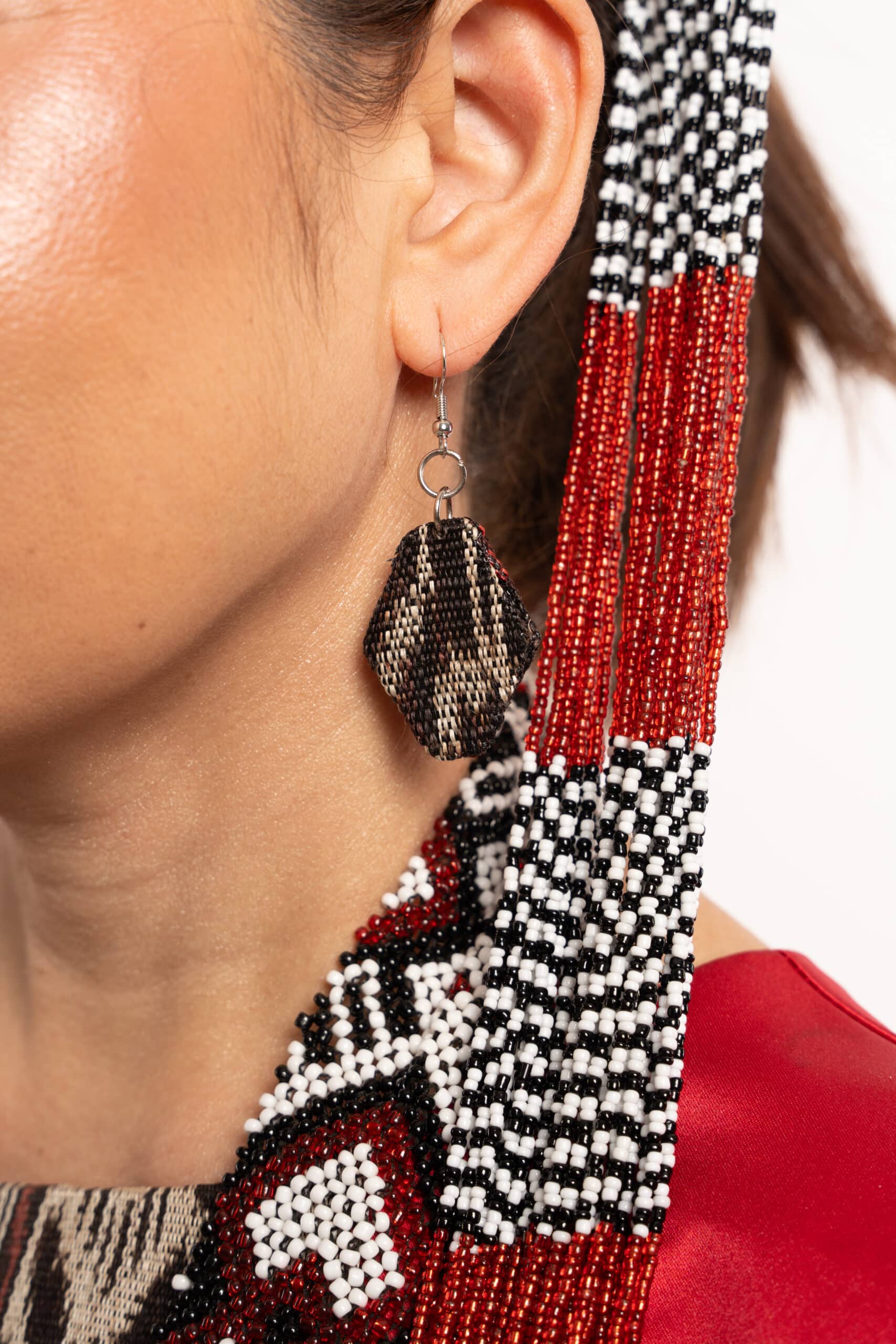


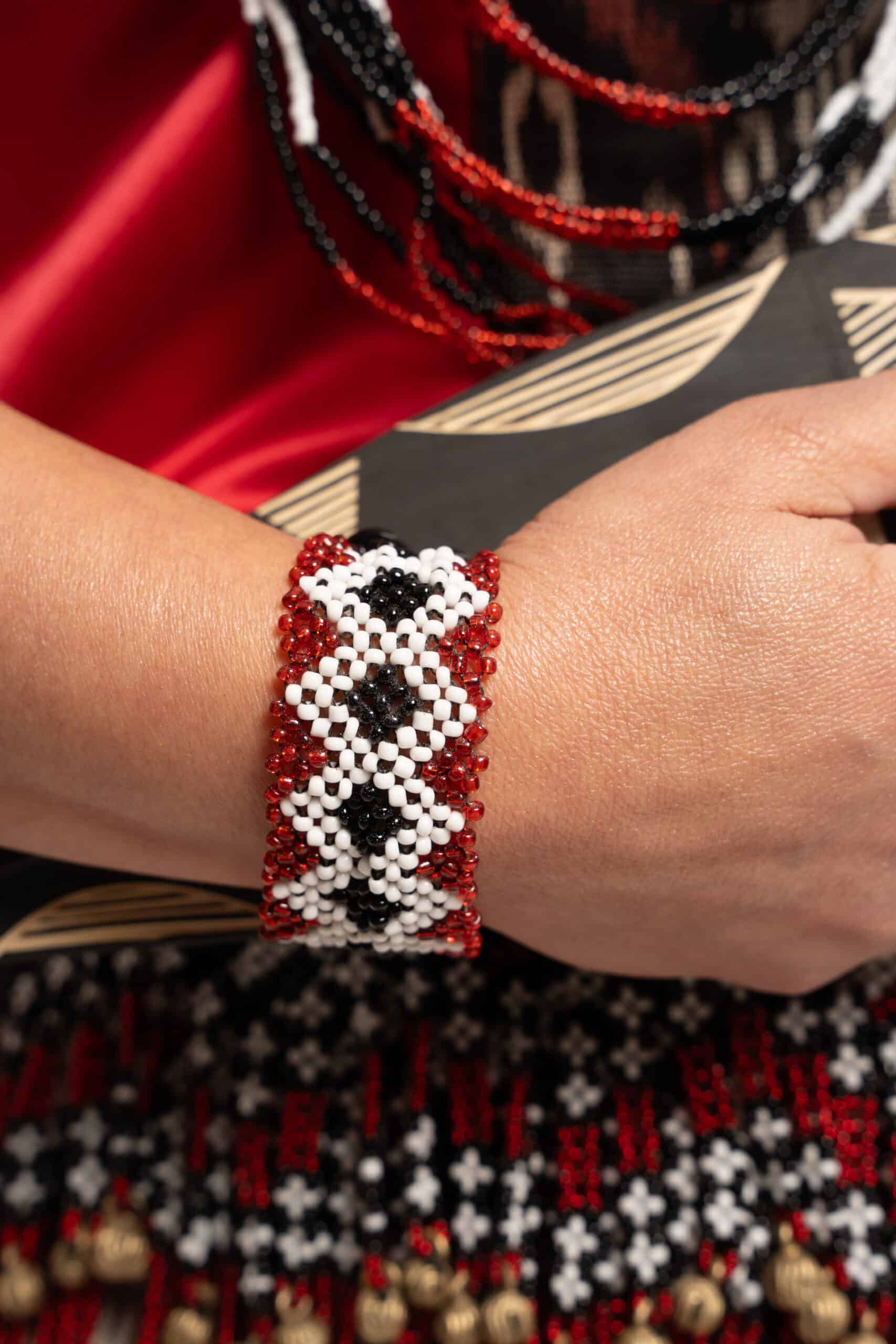
Mary Sieber’s Paris debut alongside her daughter, Jasmine, was a poignant moment that underscored the significance of legacy in the world of fashion. As Jasmine took her first steps on a major runway, clad in her mother’s creations, it symbolised the seamless blending of tradition and innovation. For Sieber, fashion transcends mere aesthetics; it is a tapestry woven with threads of cultural heritage and personal identity. “I was really proud to see Jasmin walk, find her confidence in the moment, at the same time, wearing the clothes I made”, She recalled.
Her commitment to mentoring Jasmine and other budding artists highlights her dedication to fostering a deep understanding of the interplay between creativity and self-expression.
By doing so, Sieber ensures that the essence of identity remains at the heart of artistic endeavours. By doing so, Sieber ensures that the essence of identity remains at the heart of artistic endeavours, inspiring future generations to embrace their own unique voices in the global fashion arena. As she continues to elevate Filipino artistry on the global stage, she is also shaping a powerful legacy—one where passion, heritage, and artistry are not only celebrated but passed on. And as Jasmine follows in her mother’s footsteps, it is clear that this is only the beginning of a story that will be told for generations to come. As Sieber prepares for Cannes, the excitement builds. With Paris Fashion Week as her launching pad, she is now setting her sights on the French Riviera, ready to present her work in yet another prestigious setting. Cannes, known for its glamour and artistic appreciation, will serve as the perfect backdrop for her evolving vision.
What makes Sieber stand out is not just her bold use of color or her meticulous craftsmanship—it is her heart. She designs with purpose, intertwining heritage with high fashion, ensuring that every creation carries a story worth telling.


